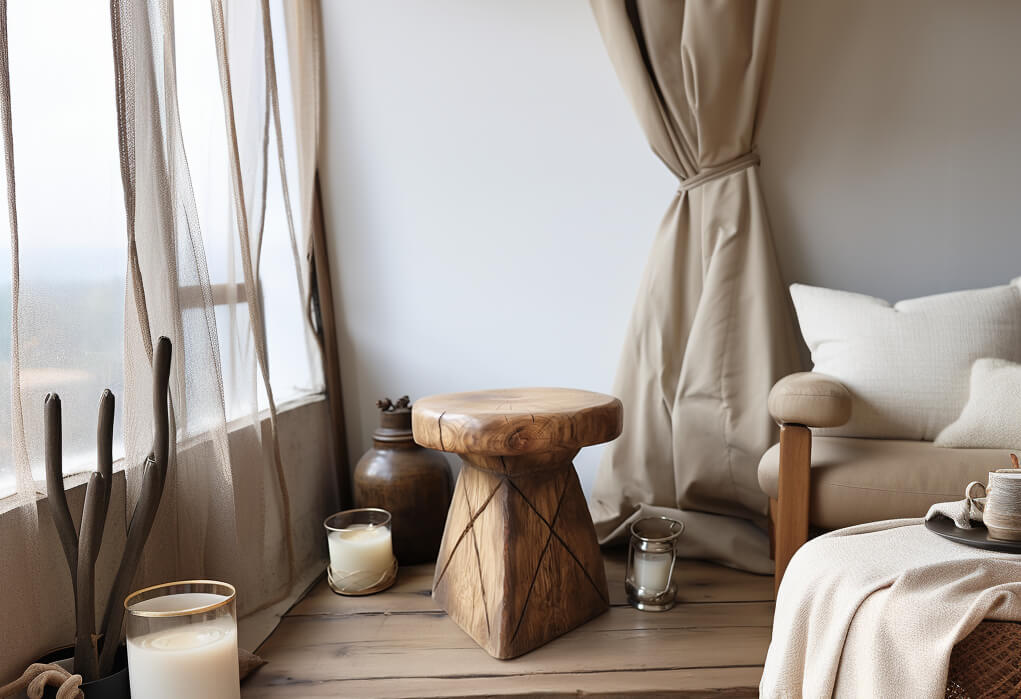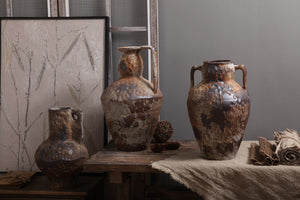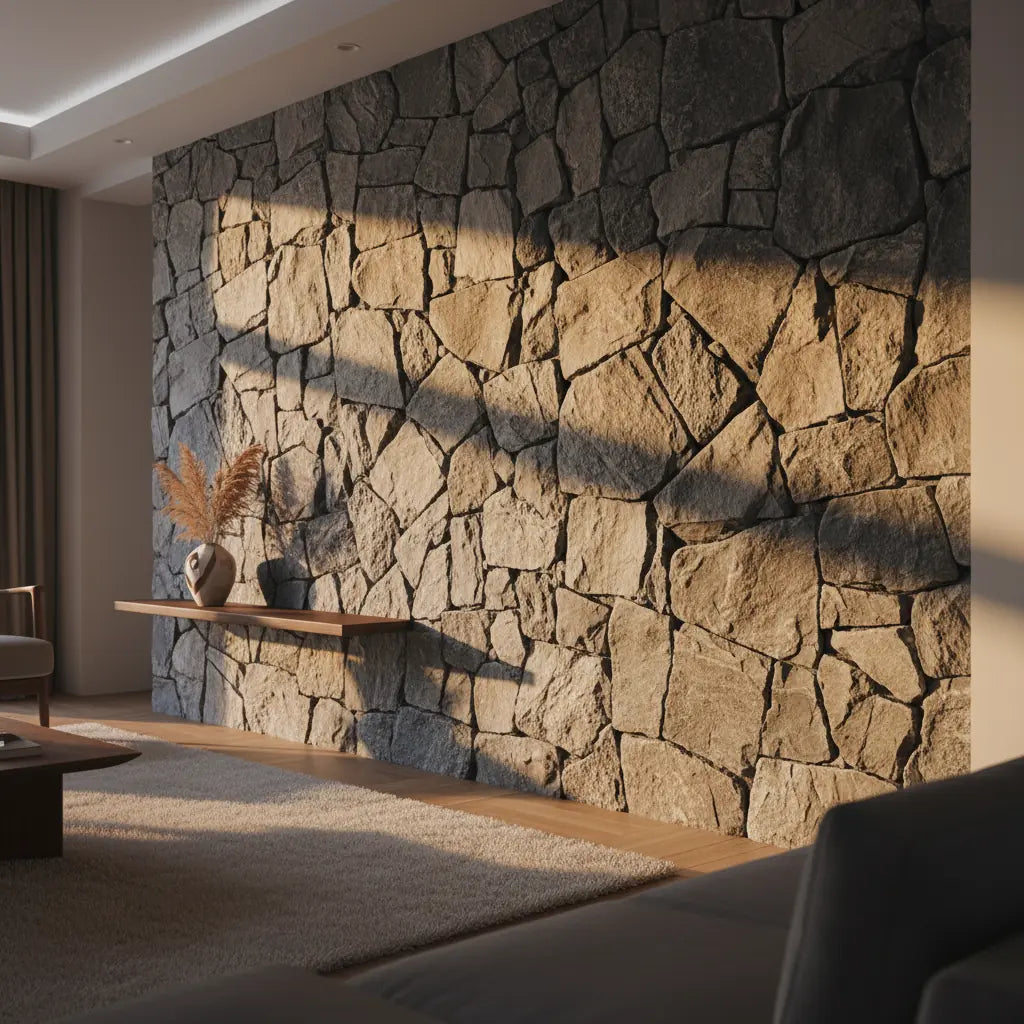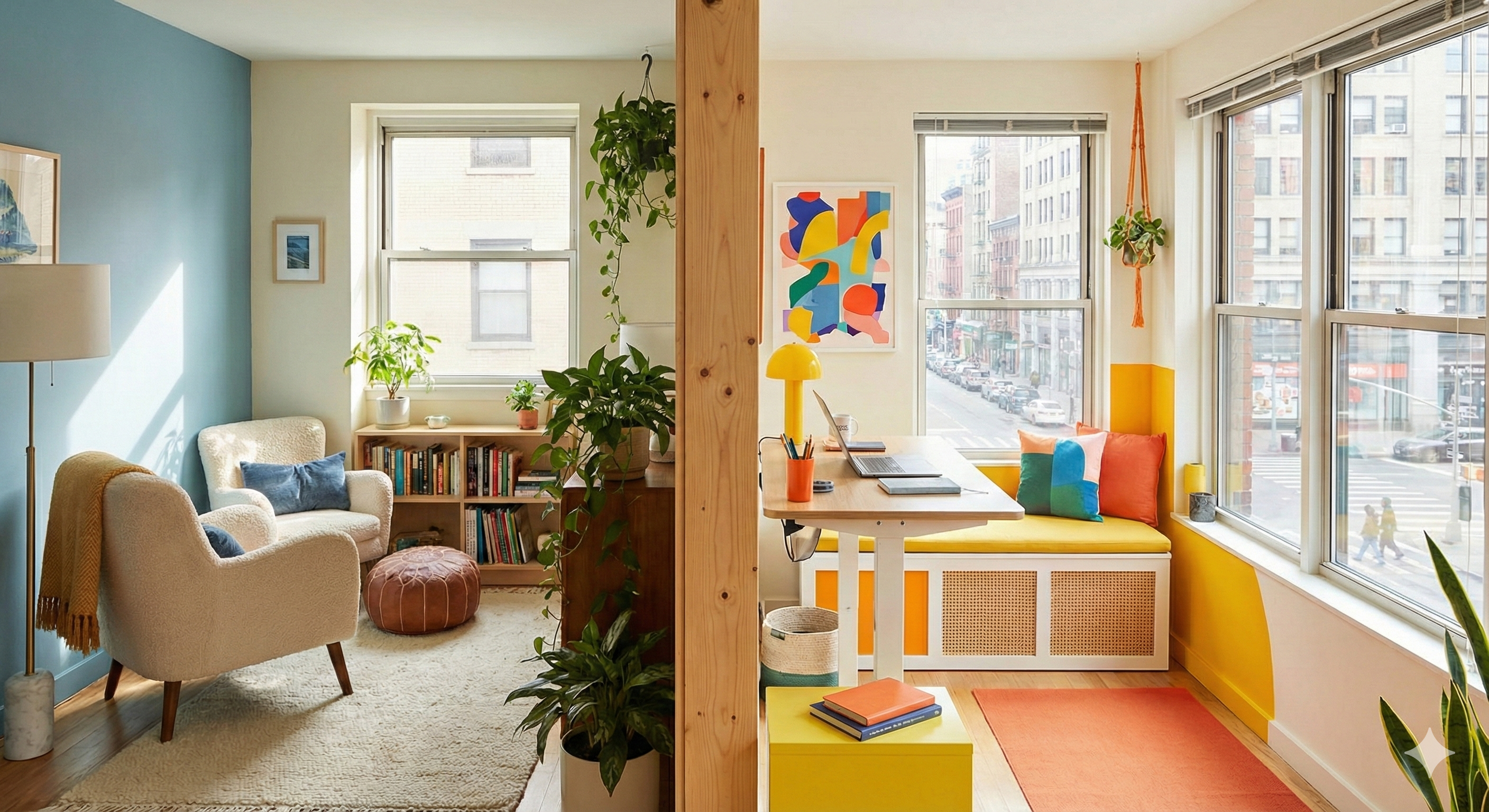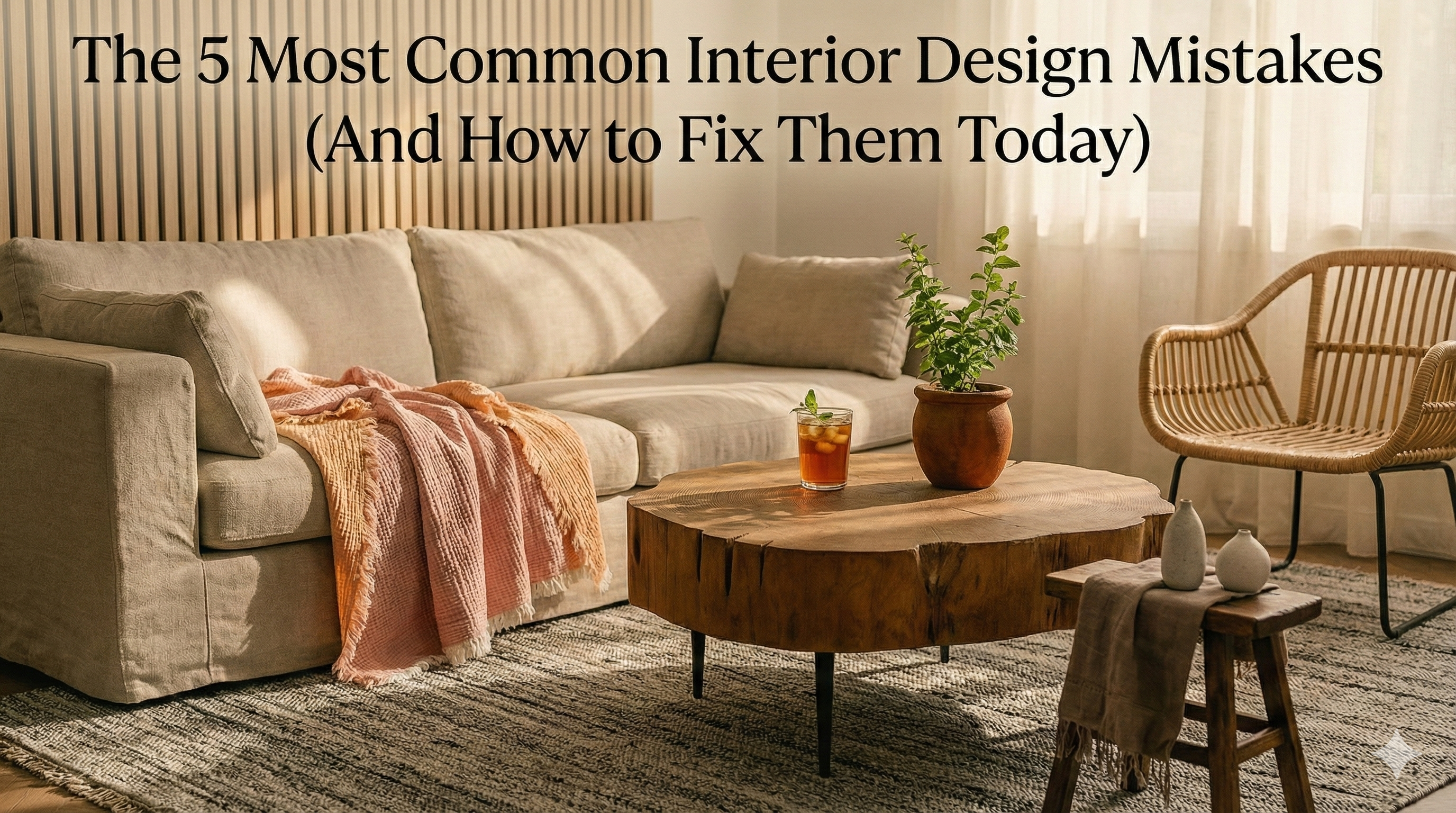Cart
0
The trend of organic decor has been prevalent as people increasingly look for ways to bring the outdoors in. Natural materials like wood, stone, and bamboo are becoming increasingly popular. These materials create a help to create a more relaxed and inviting atmosphere in the home.
Bringing outdoor features inside your home involves creating a seamless transition between your indoor living space and nature. By selecting materials, textures, tones, and shapes you can create a harmonious atmosphere that blurs the line between indoor and outdoor environments. Here's how you can achieve this effect:
1. Natural Materials:
Incorporate reclaimed wood sourced from old structures and live edge wood, which preserves the tree's natural form, to bring the outdoors inside. Reclaimed wood carries history through weathering and imperfections, adding character and warmth. Live edge pieces showcase organic shapes and textures, becoming striking focal points. Choose between barnished or unbarnished finishes to enhance rustic charm or highlight wood's natural beauty. Celebrate cracks, knots, and unique shapes as they tell the story of growth. Together, these materials bridge the gap between indoor comfort and the allure of nature.

2. Earthy Textures:
Textures are essential for bringing the outdoors indoors. Opt for materials that echo nature's textures. Embrace rough stone surfaces, which evoke rocky landscapes, and rattan furniture that mimics the feeling of outdoor wicker. Incorporate textured fabrics like linen and jute, reminiscent of breezy outdoor settings. Additionally, consider ceramics—a versatile choice. Ceramic vases with unglazed textures surfaces provide a tangible connection to the outdoors. Together, these textures create a multisensory experience, effectively blurring the line between indoor comfort and the sensory delights of the natural world.

3. Organic Tones:
Select a color palette inspired by nature. Earthy tones such as soft greens, muted browns, warm grays, and deep blues can create a calming and grounded atmosphere. Integrate these colors through walls, furniture, textiles, and accessories. You can also opt for more saturated colors such as mustard yellow, burnt orange, and navy blue. These bold hues evoke the vibrancy of nature, from sunflowers to autumn leaves and starry nights. Integrate saturated colors thoughtfully through accent walls, furniture, and accessories while maintaining balance with grounding tones. Consider textiles like cushions and drapes to introduce bursts of color, harmonizing the indoor space with the outdoor landscape. This fusion of muted and vibrant shades creates a captivating synergy, blurring the distinction between your interior sanctuary and the world beyond.

4. Biophilic Design:
Biophilic design focuses on incorporating elements of nature into interior spaces. Install large windows to allow plenty of natural light in and offer views of the outdoors. Use potted plants, hanging gardens, or even living walls to infuse your interior with the vibrancy of nature.

5. Natural Shapes:
Consider furniture boasting curved lines, rugs featuring asymmetrical patterns, and wall art showcasing organic forms. To infuse a modern and stylish twist, seamlessly blend organic shapes with geometric ones. Pair a sofa adorned with graceful curves alongside a coffee table boasting geometric angles. Harness the timeless allure of natural materials like wood, stone, and bamboo to foster an inherently organic ambiance.

6. Outdoor-inspired Products and Details:
Select furniture and decor items that are reminiscent of outdoor living. Hammocks, swing chairs, and hanging pod chairs can add an element of relaxation. Patio-style furniture with weather-resistant materials can be used indoors for a cozy outdoor feel.

7. Natural Light and Views:
Maximize natural light by choosing sheer curtains or blinds that allow sunlight to filter through. Ensure that your indoor layout takes advantage of outdoor views, aligning seating and relaxation areas to face windows.

Bringing outdoor features indoors creates a sense of tranquility, connection, and relaxation within your living space. By incorporating natural materials, textures, tones, shapes, you can achieve a design that fosters a deeper connection with the natural world.

